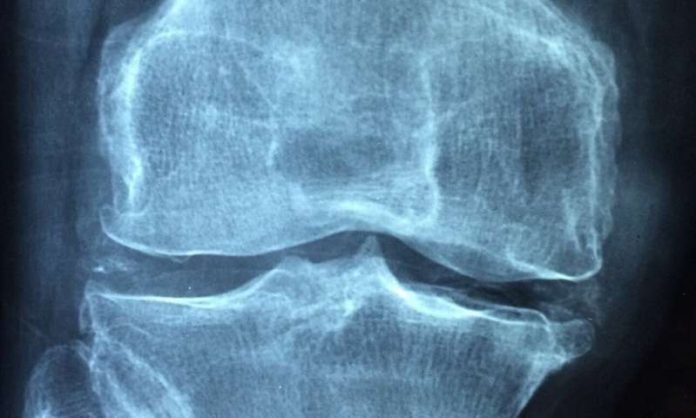
In a new study, researchers found that thermal imaging has the potential to become an important method to assess Rheumatoid Arthritis.
Results of the study carried out with 82 participants, confirm that both palm and finger temperature increase significantly in patients with the disease.
The research was conducted by a team at the University of Malta and elsewhere.
In the study, RA patients were examined by two rheumatologists.
A subset of these participants underwent diagnostic ultrasonography by a trained rheumatologist in order to ensure that the recruited participants had no active signs of synovitis in their hands and wrists.
The team used Flir T630 therma camera and followed the guidelines of the American Thermology Association.
The found that the two probability curves intersect at 31.5 for palm temperatures.
This means that individuals whose palm temperatures are less than 31.5 percent are more likely to be healthy, while those persons whose palm temperature is less than 31.5 are more likely to have Rheumatoid Arthritis.
Similarly, for finger temperatures, the two probability curves intersect at 30.3 percent.
The team says while ultrasonography had not detected any significant changes in our study population, thermography flagged a possible ongoing disease process by reporting these higher temperatures.
The researchers hypothesize that this temperature difference may be attributed to underlying subclinical disease activity or else that the original inflammatory process may cause irreversible thermal changes that persist after the disease activity has resolved.
This is the first study to explore thermographic patterns of patients with Rheumatoid Arthritis comparing them to healthy controls.
The results have clearly shown that an RA hand without active synovitis [the medical term for inflammation of the synovial membrane] exhibits higher temperatures when compared to healthy people.
The lead author of the study is Dr. Alfred Gatt.
The study is published in Scientific Reports.
Copyright © 2019 Knowridge Science Report. All rights reserved.



